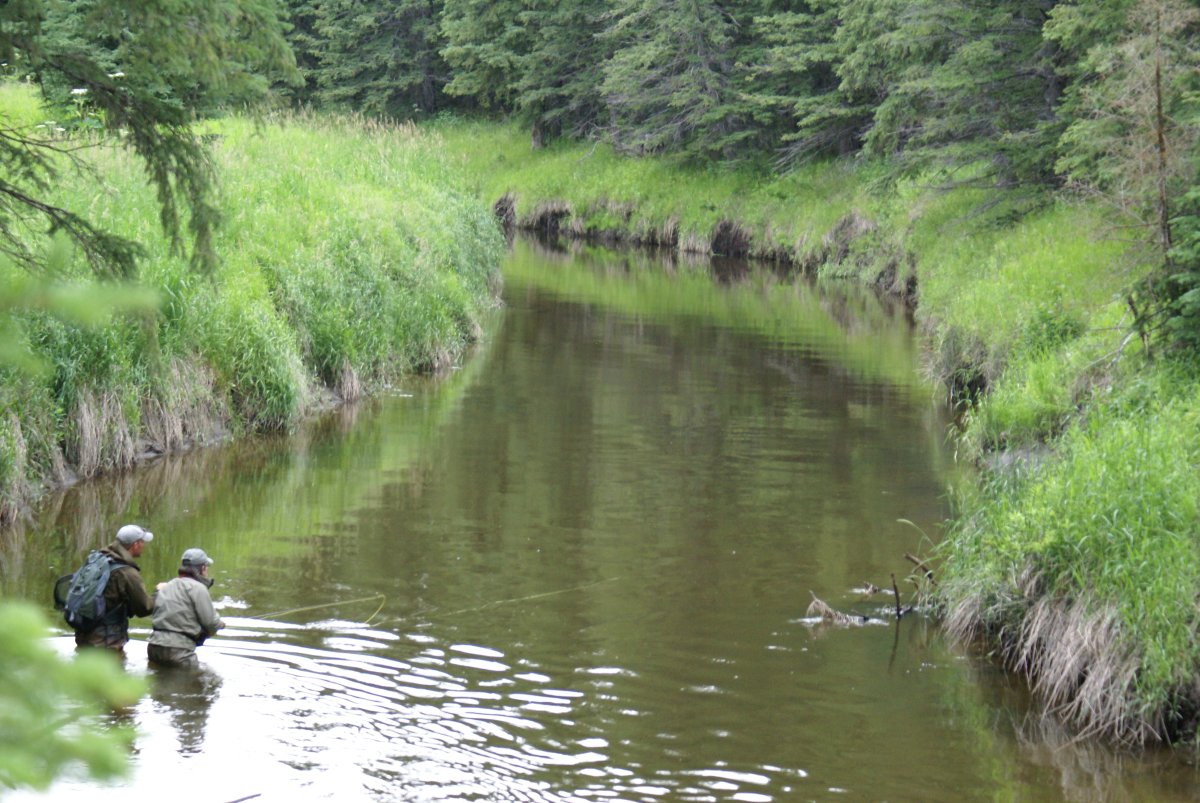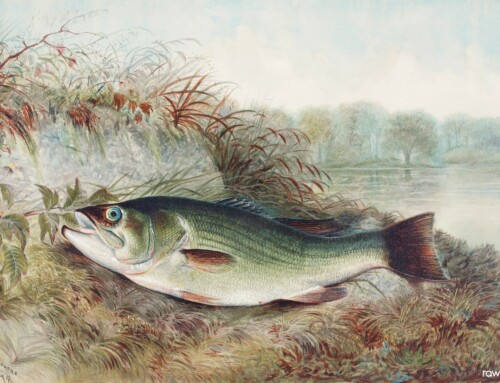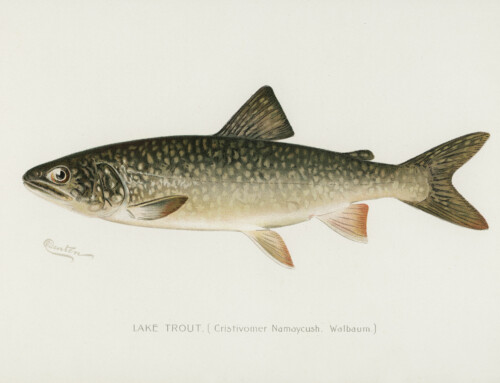Originally published by Global News, December 7, 2020
By Bob Weber, The Canadian Press
One of Alberta’s largest grassroots conservation groups is to plead this week for the protection of a much-loved river from gravel mines it fears would damage a world-class trout fishery and undo years of work.
“We have an environmental marvel of a river,” said Victor Benz of the Alberta Fish and Game Association. “Now that we’ve created this wonderland, I think we should take the effort to protect it.”
Alberta’s largest spring-fed river
The North Raven River in west-central Alberta is the province’s largest readily accessible spring-fed river. Its waters teem with brown and brook trout, its banks with deer and moose, and its shores with birds.
Fifty years ago, it wasn’t so. Its banks were trampled and overgrazed, its headwaters muddy cattle watering holes.
A group of local anglers recognized the potential of the river’s clear, clean water that runs at an even temperature year-round.
Starting in the mid-’60s, volunteers and contractors began rebuilding and fencing the banks, designing watering troughs for cattle. A streamside corridor was rented from landowners. The four main springs were cleaned and protected.
The work took thousands of hours and cost about $10 million, Benz said.
It paid off.
Ecotourism
A 2019 survey by the Alberta Conservation Association found 1,600 trout spawning beds, most in a stretch less than 10 kilometres long. The North Raven is now considered one of Alberta’s best fisheries and has spawned ecotourism that Benz said is worth about $750,000 a year.
However, the aquifers that feed the springs are comprised of valuable gravel. The commodity has long been mined in the area, but in November 2019 Red-Deer-based Border Paving held a public meeting at which it described plans for two new mines that would dig below the water table a few hundred metres from the springs.
Those plans to go below the water table for the first time since the 1960s threaten the river, said Benz.
Such pits, he said, create warmer, more oxygenated water that mixes with groundwater flowing into the river. That chemistry could mobilize substances locked in the rocks such as chromium, a toxic heavy metal present in the area.
Mixing pit water and groundwater could also make the river siltier and less fish-friendly. At worst, pits below the water table could shift the springs.
“It’s entirely conceivable that the existing springs will shut down and new springs will open up somewhere else,” said Benz.
To read the complete article, visit globalnews.ca.
Would you like your fishing news story featured on keepcanadafishing.com? Email us at info@catchfishing.com .
Keep Canada Fishing is the national voice of Canada’s anglers, and we lead the effort to preserve your right to sustainably fish on our lakes, oceans, rivers and streams. By informing anglers of current and potential issues and threats affecting recreational fishing and access to public waters, our goal is to motivate anglers to take action on matters of importance to the future of fishing and conservation. We’re also your voice on Parliament Hill. If you would like to contribute to our efforts to “Keep Canada Fishing,” you can donate now via PayPal.






